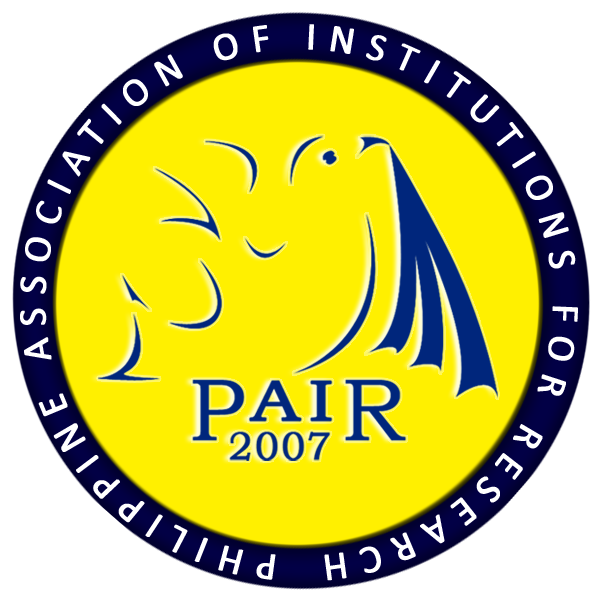Web-Based Faculty Evaluation System of Apayao State College, Philippines
DOI:
https://doi.org/10.7719/irj.v7i1.367Keywords:
Evaluation System, information technology, web-based system, multi methodological approach, Apayao State College, PhilippinesAbstract
In the evaluation of teaching effectiveness, critical factors being considered may vary depending on the use of results. At higher education institutions, results of evaluation usually merit-academic milestones such as tenure and promotion. The search for outstanding employees, on the other hand, may require a more rigorous scheme of evaluation. Furthermore, positive results may lead to a nomination for a scholarship grant. As methods of assessing teaching effectiveness change, concerns about the fair play of alternative methods come up. The researcher used the Methodology by Nunamaker et al. (1990) in designing the Web-based Faculty Evaluation System, which was created on a PHP/MySQL platform. There are various Methodologies, but the Multi-Methodological Approach of Nunamaker et al. (1990) is the most compelling and comprehensive due to its iterative nature and full circle and continuous development that is required to produce a sustainable and scalable system. The data gathered were classified, tallied, analyzed and interpreted using frequency, percentages, and mean. The findings of this study automating evaluation process will improve the accuracy of the report generated and eliminates issues such as the possibility of manipulating the evaluation result. User acceptance test questions can be formulated based on its Usability. From the questionnaires survey, the respondents strongly agree that the operation of the system is useful, as revealed from the tables presented in the result and discussion.
References
Basa, R. P. B. R. S. (2011). Factors affecting faculty web portal usability.
Downloads
Published
Issue
Section
License
Copyright (c) 2016 Imelda M. Taguiam

This work is licensed under a Creative Commons Attribution-NonCommercial 4.0 International License.









